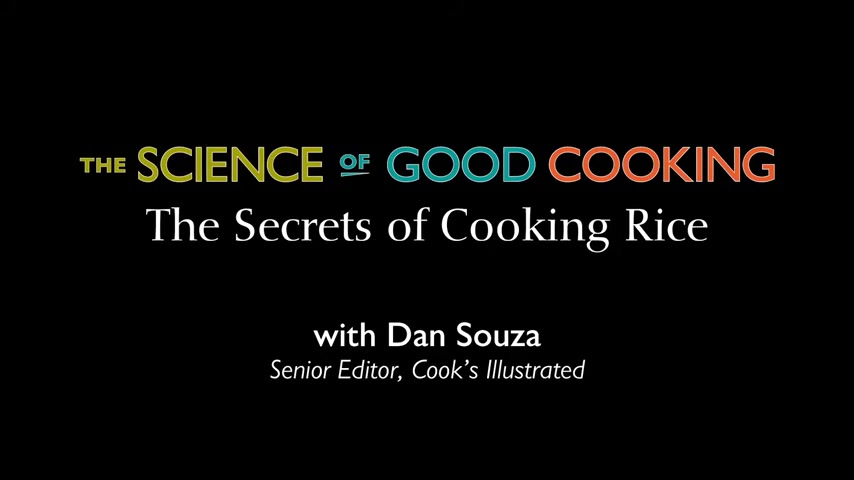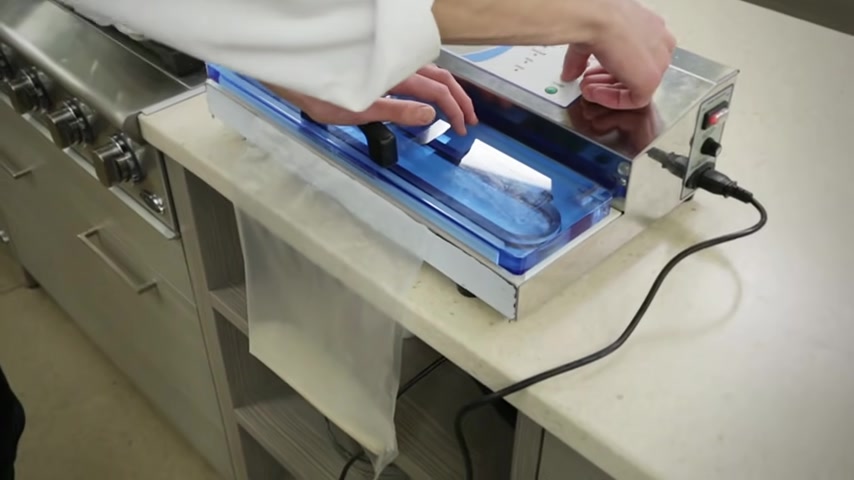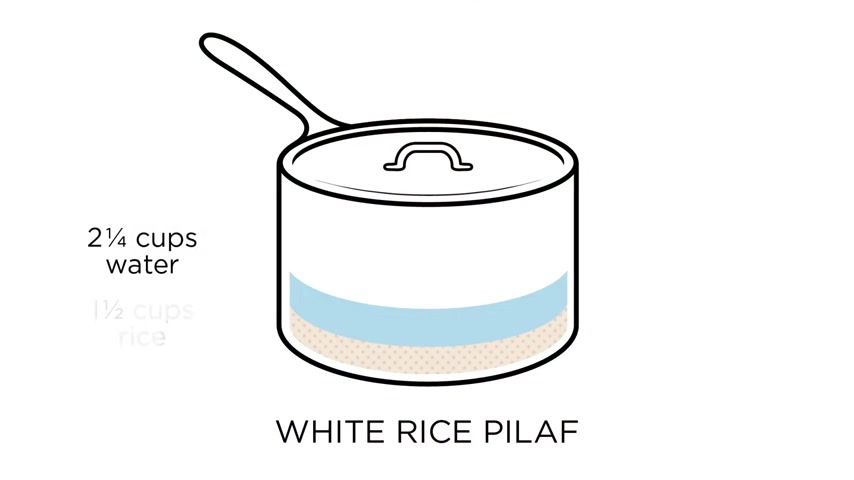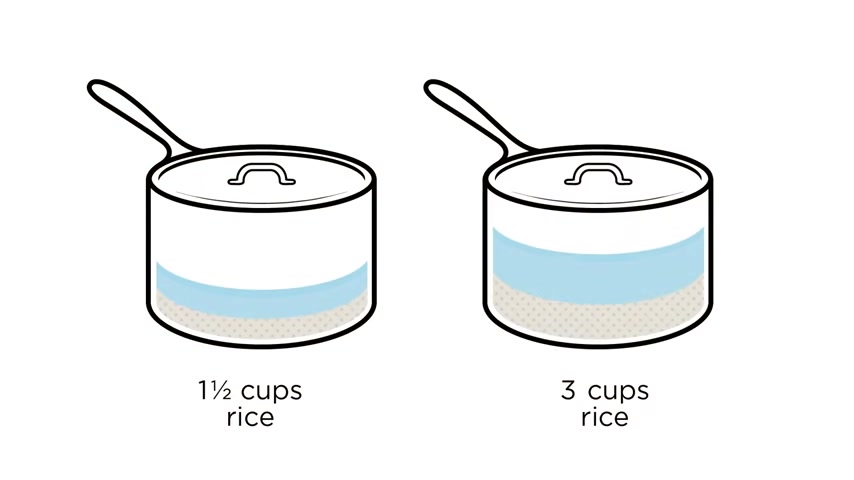https://www.youtube.com/watch?v=DJFU7ezipbg
Science - The Secrets of Cooking Rice — The Cause of Recipe Failure is Not What You Might Think

Even the most experienced home cooks can mess up when trying to cook a pot of rice .
Now it's easy to place the blame on yourself .
But in the test kitchen , we figured out the real culprit , universal water to rice ratios .
They're printed in recipes and on bags of rice .
And depending on the type of rice , they call for different amounts of water per cup .
Typically , they call for a 1.5 to 1 ratio of water when cooking long and medium grain white rice , 1 to 1 for short grain and 2 to 1 for brown rice .
So looking solely at these ratios , you would naturally assume long grain rice absorbs more water than short grain rice .
And that brown rice absorbs more than white rice .
But in fact , that's not true .
We found this out by doing a simple test .
We gathered 17 different varieties of rice including white and brown , short grain , medium grain , long grain basmati and jasmine plus two varieties each of red and black rice .

After rinsing the rice to remove excess surface starch , we placed one cup of each with one cup of water in a vacuum bag and we sealed them to ensure that no water could evaporate during cooking .
We then submerged the bags in a 200 degree water bath until the grains turned tender .
And that was about 25 minutes for white rice types and 65 minutes for brown , red and black .
After letting the cooked rice sit in the bags for 10 minutes , we emptied each into a separate bowl , fluffed the grains with a fork and tasted for doneness .
The result , every single type of rice was properly cooked using the 1 to 1 ratio of water to rice .
They were all tendered throughout and the water had been completely absorbed in each sample .
So why would we call for water in excess of one cup for each cup of rice ?
It turns out it's all about evaporation .
A cup of long grain brown rice doesn't require more water than a cup of long grain white rice , but it does need to cook for a significantly longer period of time .
In order for the water to work its way through that tough brand layer that extended cooking time results in a greater amount of water loss to evaporation .

The catch evaporation will vary based on the size and shape of the cooking vessel .
How tightly the lid fits and the source and intensity of the heat .
In short , it's going to depend upon your specific cooking set up .
There is however , a light at the end of the tunnel first find a ratio that works for you .
Our white rice pelot calls for two and a quarter cups of water for 1.5 cups of rice cooked in a large sauce pan with a tight fitting lid .
You may find that you need slightly more or less water based on the pot and lid you use and how you maintain the heat , make a couple of batches and you'll find your ratio then simply make sure to use the same pot lid and heat each time you make rice .
But what if you want to make more than 1.5 cups of rice ?
Conventional wisdom says that we just simply double the ratio .
So that would give us 4.5 cups of water to three cups of rice .
That ratio however , leaves a good inch of mushy rice on the bottom of the pot .
Obviously , it's too much water .
Why ?

Because given the same pot lid and heat level , the amount of evaporation doesn't double when we double the quantity of rice for cooking .
In fact , it actually stays the same .
So to scale the recipe to make twice as much rice start by subtracting out the cup amount of rice from the cup amount of water .
In our case , that's two and a quarter cups minus 1.5 cups leaving us with three quarters of a cup of excess water in the pot that is meant solely for evaporation .
So when we double the rice to three cups .
We need three cups of water for it to fully hydrate .
Plus the three quarters of a cup we know will evaporate given the same cooking vessel lid and heat .
Our double ratio therefore is three and three quarter cups of water to three cups of rice .
When we compared this recipe to one where we doubled the rice to three cups and the water to 4.5 cups .
The results were dramatically different .
Three and three quarter cups of water resulted in perfectly cooked rice from the top of the pot to the bottom .
Now you have the knowledge and tools to make a perfect pot of rice every time this is the science of good cooking .
Are you looking for a way to reach a wider audience and get more views on your videos?
Our innovative video to text transcribing service can help you do just that.
We provide accurate transcriptions of your videos along with visual content that will help you attract new viewers and keep them engaged. Plus, our data analytics and ad campaign tools can help you monetize your content and maximize your revenue.
Let's partner up and take your video content to the next level!
Contact us today to learn more.